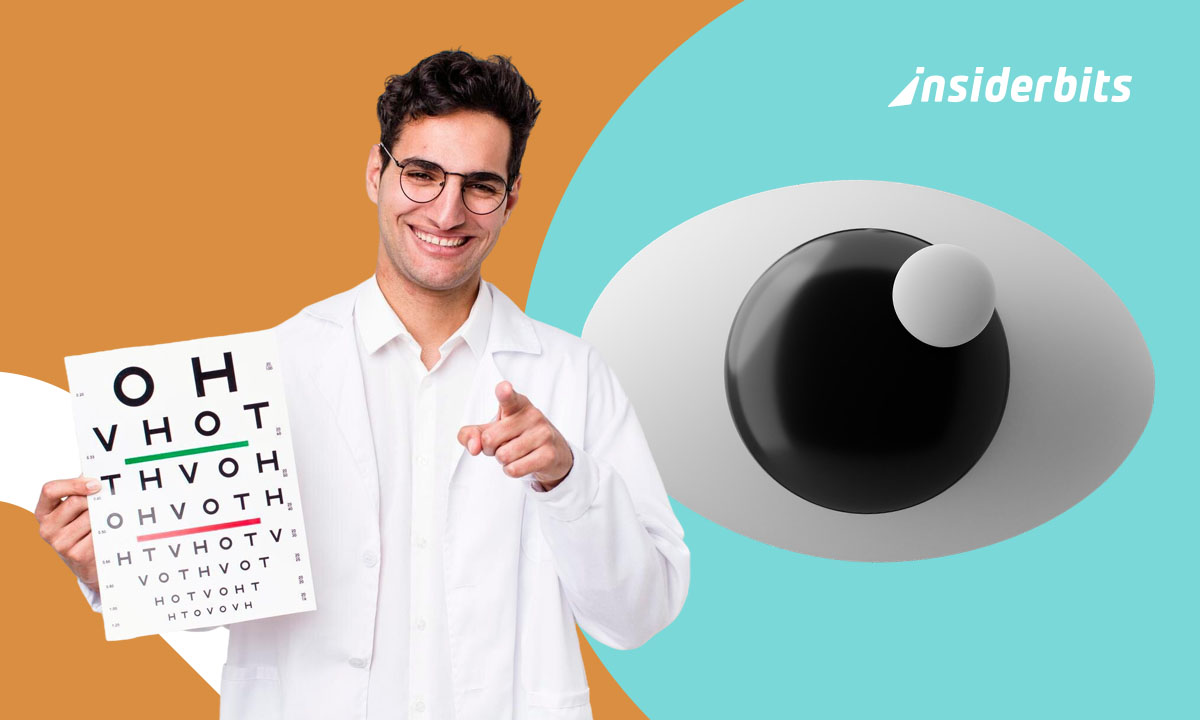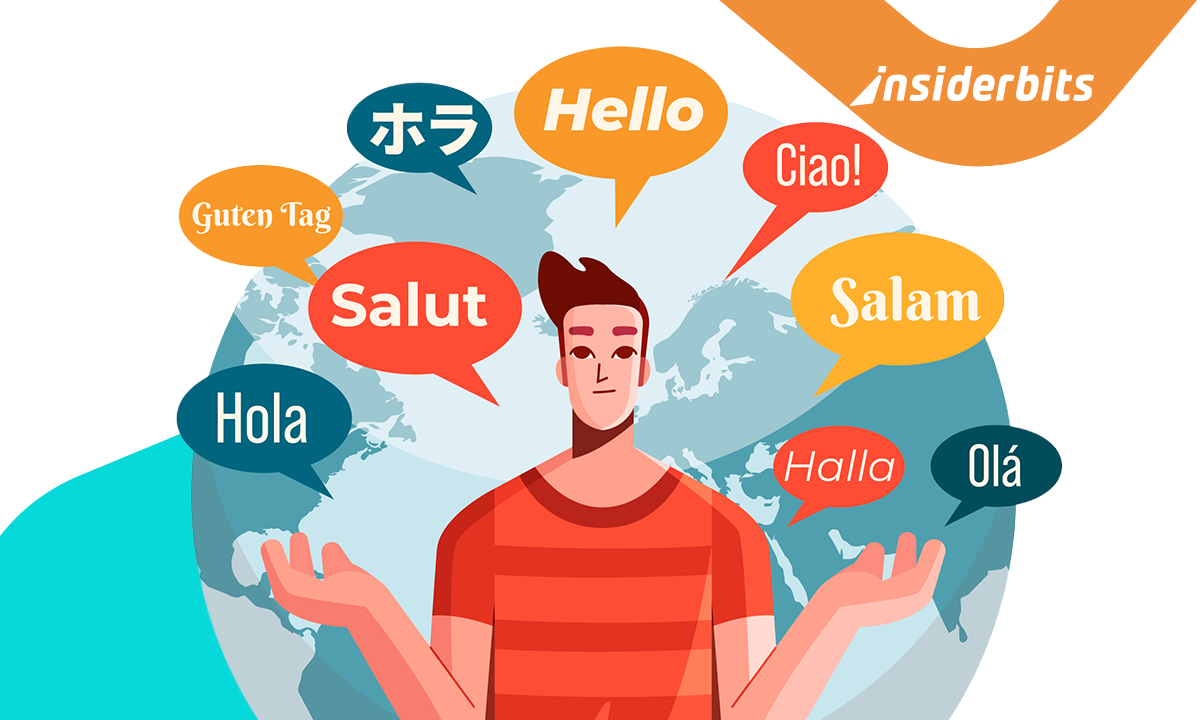Finding reliable eye care without insurance can seem out of reach, but free vision clinics across the country are making essential services like exams and glasses accessible.
These resources focus on people who often go without regular checkups, including children, seniors, and those unsure where to turn for help. Knowing where to start changes everything.
This guide by Insiderbits shows how to access real care without the cost. Keep reading to uncover options near you and take the first step toward clearer vision.
En rapport : Medical Debt Relief Programs You Can Still Apply for Today
Where to find free vision clinics in your area
Not knowing where to go for vision care can leave people stuck with blurry vision and unanswered questions. Thankfully, help is out there and closer than most might think.
Cities and rural towns have resources that don’t always show up in a quick search. From nonprofits to health fairs, it’s worth learning how to find free vision clinics.
Knowing where to look is the first step. The options vary depending on your location, but there are ways to cut through the nonsense and find support that really helps.
Which national services offer consistent local support?
Some programs go beyond city limits, building networks that reach families, students, and retirees. Their goal is simple: provide eye care to those who might otherwise go without.
Names like VSP Eyes of Hope and Remote Area Medical have helped people across the country. Recognizing these efforts can help you connect with trusted services close to home.
What tools can help you search by location?
Word-of-mouth is powerful, but sometimes you need a more direct route. Online platforms now make it easier to connect with care, no matter where you’re starting from.
Tools like 211.org et le HRSA locator offer reliable ways to search by zip code and see real-time information. With their help, you might uncover nearby events for free vision clinics.
Can one call point you in the right direction?
A simple call can lead to real answers. Dialing 211 gives you access to people trained to match local services with your specific needs and location.
The process is quick, and the support is human. Many find that once they reach out, things start falling into place, including access to affordable eye care options.
Mobile vision clinics: are they available near you?
Getting to a clinic isn’t always easy, especially without transportation or nearby services. That’s where mobile vision units step in, delivering care straight to neighborhoods that need it.
Some mobile units work in partnership with free vision clinics, making it possible to offer exams and screenings directly in schools, churches, and community centers across the country.
VSP Eyes of Hope
Vision gaps shouldn’t persist because help is distant. VSP Eyes of Hope puts exam rooms on wheels, arriving in neighborhoods and offering no cost eye tests and glasses.
Eligibility is simple. Any age, no vision insurance, income below double the poverty line, and no VSP visit in twelve months qualifies residents for exams and new glasses.
Events post online through a calendar listing every stop and partner doctor. Claim a slot early to receive exams and glasses matching services delivered by free vision clinics.
What does VSP Eyes of Hope offer
- Free eye care: licensed doctors offer comprehensive eye exams and prescription glasses at no cost, bringing essential vision services directly to those who qualify;
- Local nonprofit support: services are delivered alongside community partners, reaching people through schools, shelters, clinics, and other trusted spaces;
- Help for low-income families: the program focuses on people without insurance and incomes below the federal poverty level, removing barriers to essential care.
EyeCare America
Getting a medical eye exam without insurance is tough, but EyeCare America connects people with local volunteer ophthalmologists through a simple process similar to free vision clinics.
The service is open to adults without vision coverage who have not seen an ophthalmologist in recent years. One exam and follow-ups for diagnosed conditions may be provided.
The program is quick to access and built around matching patients with qualified professionals nearby. All that’s needed is a short form and confirmation before scheduling an appointment.
What does EyeCare America offer
- Free medical eye exams: eligible adults are matched with a local ophthalmologist who performs a full medical eye exam at no cost to the patient;
- Follow-up care when needed: if a condition is diagnosed during the initial exam, patients may receive up to one year of follow-up visits from the same doctor;
- Simple and fast referral: after answering a few questions online, qualified people get a match with a volunteer doctor and contact details to schedule their appointment.
All Children See
When vision problems show up early, quick action matters. All Children See connects families with eye doctors who offer full exams at no cost through services at regional free vision clinics.
The program helps kids under 18 who’ve failed a screening or show signs of vision issues, especially those without insurance or the means to pay out of pocket.
Eligibility is determined through a simple application. If approved, families receive a referral letter with contact details to schedule directly with a participating ophthalmologist in their area.
What does All Children See offer
- Free eye exams for children: kids with vision concerns are matched with volunteer ophthalmologists who provide full medical eye exams at no cost to eligible families;
- Help in select regions: services are currently available in specific states, with plans to grow. Regional partners may also assist with eyeglasses and other follow-up resources;
- Easy referral process online: parents or caregivers fill out a short form. If eligible, they receive a referral letter with contact details to book the child’s appointment directly.
New Eyes Evoucher Program
New Eyes helps people who need glasses but cannot afford them. If approved, you get a code to order a basic pair of eyeglasses through their online store.
Many applicants come with a current prescription, sometimes referred by health workers or free vision clinics, making it easier for those with low income to finally get the glasses needed.
To apply, just upload your prescription and a document showing financial need. If approved, they’ll send a voucher with instructions to pick and order glasses online.
What does New Eyes Evoucher Program offer
- Basic prescription eyeglasses: approved applicants get a voucher to order single or lined bifocal lenses, with optional upgrades available at discounted out-of-pocket prices;
- Online ordering process: after approval, users get access to a dedicated site where they can choose frames and submit prescription details in just a few simple steps;
- Support for low-income individuals: the program is designed for people who cannot afford glasses, requiring proof of financial need and a valid prescription for eligibility.
En rapport : Emergency Financial Assistance Programs: Get the Help You Need
Services offered: exams, glasses, and screenings
Access to eye care means more than a quick check. In many areas, free vision clinics provide full exams, screenings, and even glasses depending on the program’s resources.
These services aim to prevent vision loss and detect problems early, especially for people who have gone years without seeing an eye specialist or getting an updated prescription.
Some clinics even connect patients with resources for follow-up care or assist in replacing broken glasses, showing that eye health support goes beyond a single appointment.
What services are actually included at no cost?
Medical eye exams are often the core service, performed by licensed professionals. These check for issues like glaucoma, cataracts, infections, and signs of underlying health conditions.
In addition to exams, many clinics provide vision screenings that assess how clearly a person sees and whether they might need corrective lenses to function better in daily life.
Could you leave with a new pair of glasses?
Some programs connected to free vision clinics also include vouchers for glasses or provide them on-site. This depends on availability, partnerships, and funding in each specific location.
If glasses are offered, patients usually choose from a selection of basic frames. In some cases, upgrades are available for a small fee or through partner programs.
Are free eye exams enough to catch problems early?
When provided by trained professionals, free eye exams can identify common and serious issues long before symptoms become noticeable, making early treatment a real possibility.
These exams don’t just measure how well you see. They can also uncover signs of diabetes, high blood pressure, and other hidden problems through careful examination of the eyes.
Free resources for children and seniors
Children and seniors face challenges that can be eased with proper eye care. That’s why some programs offered through free vision clinics focus directly on these age groups.
In school settings or senior centers, regular screenings can make a big difference. When caught early, vision problems are easier to treat and less likely to interfere with daily life.
These services remove barriers that delay care. Free exams, transportation assistance, and direct referrals help families and older adults receive support without long waits.
Which age groups receive extra support and why?
Vision problems in children can go unnoticed, leading to frustration in class or difficulty reading. Support programs step in early to give them the tools they need to succeed.
Seniors face different risks like cataracts or age-related decline. Regular checkups help reduce falls, boost independence, and keep older adults better connected to the world around them.
How do schools and senior programs step in?
Schools play a key role by identifying issues through screenings. Some even invite mobile clinics or nonprofits to provide on-site exams for students with vision concerns.
Senior centers connect residents with local services. Many coordinate directly with free vision clinics mid-event planning to bring care to those who struggle to get to appointments.
What options exist for undiagnosed vision loss?
Slow-developing symptoms are easy to miss. That’s why programs targeting undiagnosed vision loss focus on early detection through community outreach and fast screenings for all ages.
When left untreated, poor vision can lead to bigger issues. For kids, it affects learning. For older adults, it increases isolation and the risk of serious injury.
En rapport : Learn About US Rental Assistance Programs 2024
How to schedule an eye exam without paying a cent
Plenty of local programs and free vision clinics accept appointments without charging anything. The key is knowing where to look and what each service asks before confirming a visit.
Some work through referral forms, while others list dates online. Whether you apply yourself or through a local group, finding care without cost is more accessible nowadays.
Each clinic or partner site may handle scheduling differently. Understanding the small differences can help you contact the right place, provide the right info, and book your spot.
What steps should you take to get started?
Start by searching trusted directories like 211.org or the HRSA site. These platforms organize local services by zip code and often show what’s available in real time.
After choosing a service, follow their instructions closely. Some require a short application, while others give you a phone number to call and ask a few screening questions.
Do you need documents before making the call?
Most programs ask for simple details like your zip code, age, and whether you’ve seen an eye doctor recently. A few also request ID or income verification.
When referred by community groups or free vision clinics, they typically help you gather the right documents ahead of time so you don’t miss your chance at care.
What helps make the process easier?
Writing down basic information like symptoms, recent prescriptions, or eye history can speed things up. It helps staff match you with the right services and appointments.
Local organizations are also helpful. Some use geolocation tools to list upcoming mobile units in your area. Ask around or check community apps to see if one is nearby.
Clearer vision starts with knowing where to look
Getting an eye exam or a pair of glasses shouldn’t feel out of reach. Across the country, many programs are making quality care available to those who truly need it.
This guide was created by Insiderbits to help readers connect with free vision clinics and trusted resources offering real support for children, seniors, and adults with limited access to care.
Keep reading Insiderbits for more articles on no-cost health services, support programs, and simple ways to find the care you need without waiting or guessing where to begin.





